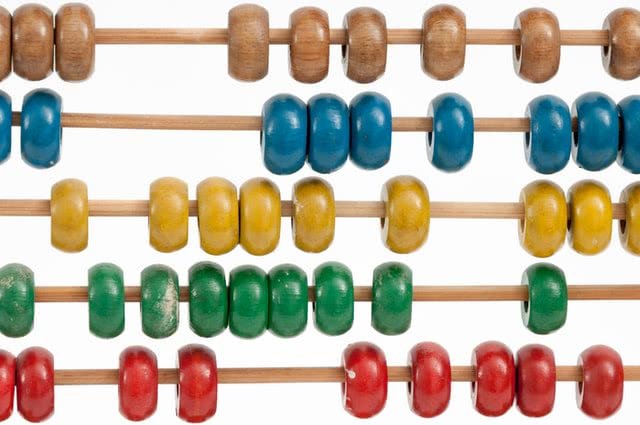Progress is great and new things are always exciting... but that doesn't mean old things don't have any value!

Very recently I watched a Youtube video posted by my friend MathGurl, in which she explained the ancient Egyptian multiplication method. At the same time, and for no particular reason, I remembered Haskell, so I decided to implement the method. It was not a big feat of programming, but I did enjoy relearning the basics of Haskell I once knew. You can find the file with the implementation in this GH file or right here:
(The implementation only works for non-negative integers)
The method is quite simple and works because of the binary expansion of a number. Basically, if you want to calculate \(a \times b\), either \(b\) is even or odd. If \(b\) is even, just cut \(b\) in half and duplicate \(a\) to compute \((2a)\times(\frac{b}2)\). If \(b\) is odd, then \(ab = a + (2a)\times\frac{b-1}2\). Another way of thinking about this is by writing \(b\) in the form
\[ b = 2^{k_1} + 2^{k_2} + \cdots + 2^{k_n}\]
and then having
\[ a\times b = a(2^{k_1} + 2^{k_2} + \cdots + 2^{k_n}) = a2^{k_1} + a2^{k_2} + \cdots + a2^{k_n}.\]
If I muster the courage to do it, I might also redo the functions in the post about Kleene recursive functions, in Haskell...
Become a better Python 🐍 developer 🚀
+35 chapters. +400 pages. Hundreds of examples. Over 30,000 readers!
My book “Pydon'ts” teaches you how to write elegant, expressive, and Pythonic code, to help you become a better developer. >>> Download it here 🐍🚀.
